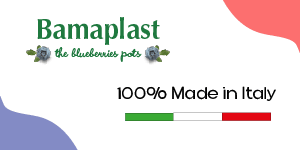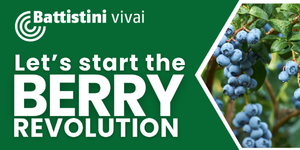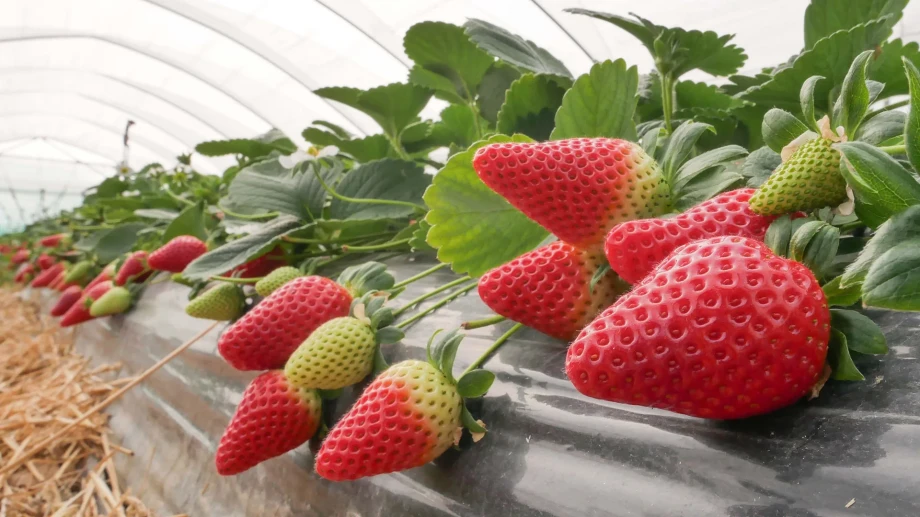For strawberries, too, research has been working over the past decades to bring new cultivars to the consumer, better adapted to the new demands of the market and the environment. Researchers are committed to providing the market with innovative, medium- to long-term answers, in a challenge that takes into account a complexity of factors, objectives and tools that are constantly evolving.
The global growth of research programmes
Strawberry ('Fragaria x ananassa') is a fruit belonging to the large rose family, which originated in the 18th century as a hybrid between Fragaria virginiana and Fragaria chiloensis. The first breeding programmes started as early as the 19th century in England and the United States of America, but it was in the 20th century that the real expansion of strawberry breeding activity worldwide took place.
The number of new cultivars registered gradually increased year by year, especially between 1990 and 2000 when it stabilised between 40 and 50 new cultivars registered per year.
Today, there are more than 40 strawberry breeding programmes worldwide, mainly located in North America (British Columbia, California, Florida, Maryland, New York, Nova Scotia, Ontario, Oregon and Quebec) and Europe (France, Germany, Italy, Spain, the Netherlands and the United Kingdom); there are also some programmes in China and Japan that have been growing in recent years.
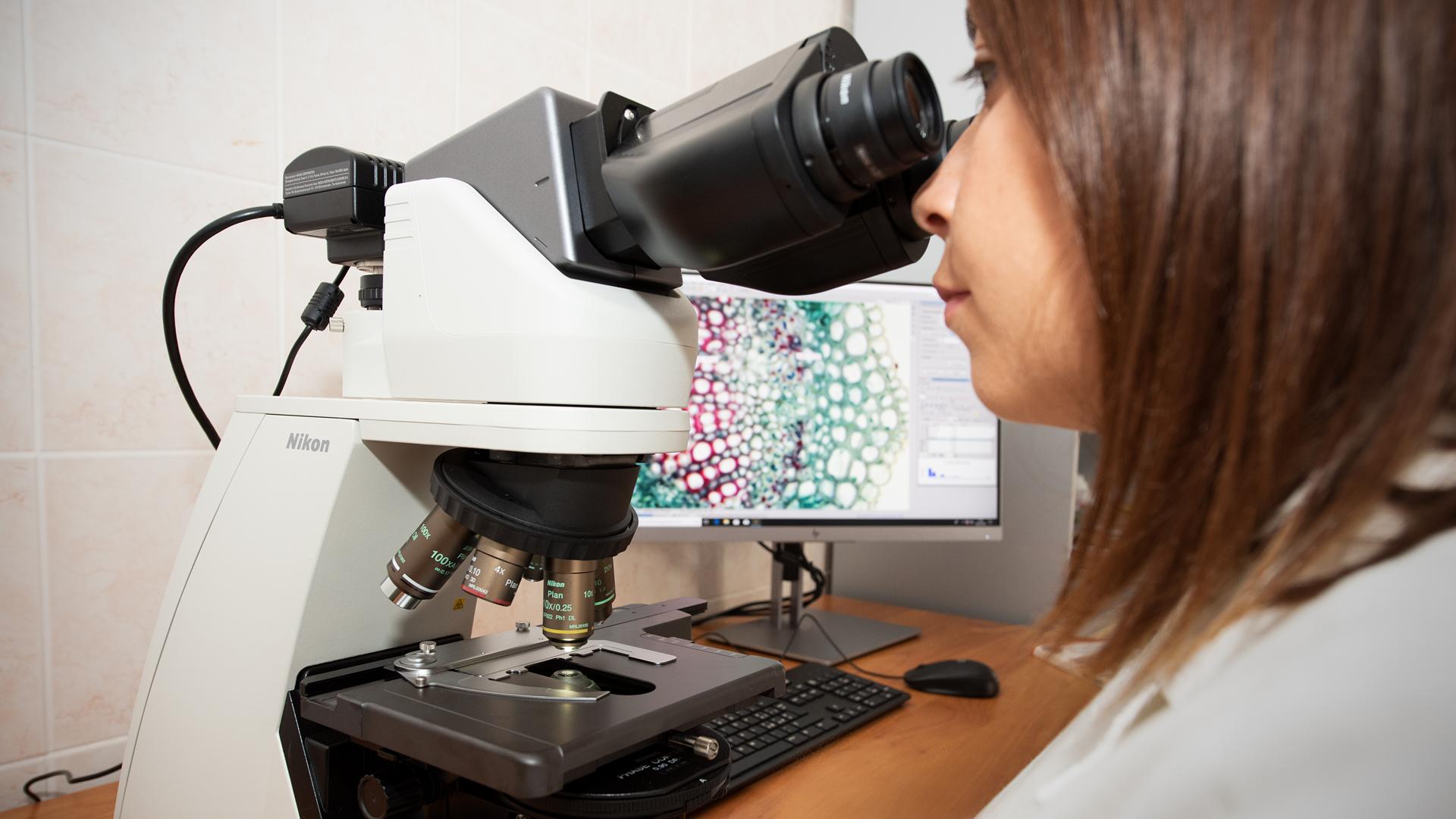
Worldwide, public breeding programmes are clearly decreasing in number compared to private ones.
In particular, private breeding programmes are more numerous in Europe and their contributions are more effective than those of public companies, so much so that they have an impact on local markets and some of them also on international markets (Russia and neighbouring countries and North Africa).
The main European strawberry breeding programmes
Country | Private breeding programmes | Public breeding programmes |
France |
|
|
Germany |
| |
Italy |
|
|
Lithuania |
| |
Netherlands |
|
|
Poland |
| |
Norway |
|
|
Spain |
|
|
United Kingdom |
|
|
The activities of these European programmes have been particularly intense in recent decades. In fact, since 1995, some 550 new strawberry cultivars have been registered at the CPVO (the European agency that manages the European plant variety rights system) for use in the EU territory.
Challenges in strawberry breeding
The objectives of breeding programmes have changed over time to adapt to new production and market requirements.
In the 1980s, the demand for strawberries grew globally, the cultivated areas increased and growers favoured cultivars with excellent production performance.
Over the years, market demands changed and research turned towards finding varieties with better fruit quality, flavour, aroma and other distinctive characteristics.
Today, research is facing epochal challenges for the strawberry industry, such as climate change and a more stringent regulatory framework in terms of the use of phytoiatric substances.
Climate change and extreme weather
Climate trends in recent years are becoming increasingly variable. Data from the IPCC's Sixth Assessment Report on Climate Change of 2023 tell us that in 2022 the global average temperature, compared to the 50-year period 1850-1900, increased by 1.1 °C and that the years 2015-2022 are the warmest recorded in all data sets, and it is likely that the global average temperature, by 2100, will exceed the +1.5 °C threshold, approaching 2 °C as the most optimistic scenario.
Climate change is influencing extreme weather phenomena in all regions of the world by altering their intensity, duration and frequency; one need only think of the increase in heavy rainfall (heavy rain and hail), the rate of violent tropical cyclones, aridity and drought, and the decrease and retreat of glaciers.
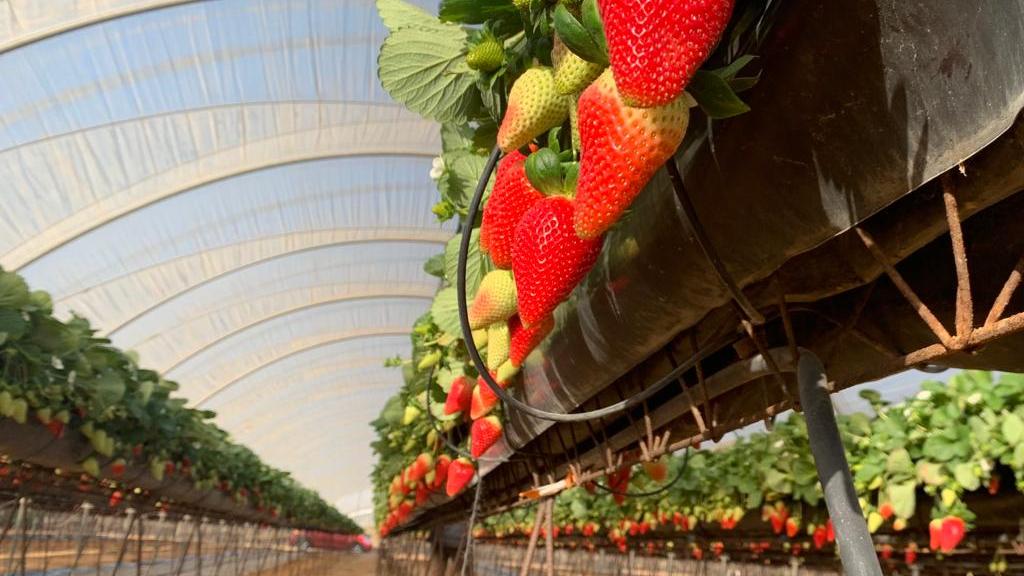
This causes a high degree of uncertainty for strawberry growers with regard to production and marketing planning in the different channels and with certain timing.
The strawberry, in fact, regardless of where in the world it is grown, is a species that is sensitive to several environmental factors, including heat, drought, spring frost and insufficient hours of cold.
Restrictions on the use of pesticides and fumigants
On the other hand, EU regulations are increasingly restricting the use of chemical pesticides and fumigants, so that the use of agrochemicals in intensive agriculture has decreased by more than 30%.
Intensive agriculture in the EU has undergone two simultaneous restrictions: the phasing out of methyl bromide and, soon after, the exclusion of the most important chemical alternatives: 1,3-dichloropropene (1,3D) and chloropicrin (CP) from the list of available chemical fumigants. However, an EU Member State can currently authorise the use of these fumigants for phasing out for 120 days/year.
This exemption has been used in recent years for strawberry production (fruit and nursery) and other crops in Spain, Italy, Belgium, France, the UK, Cyprus, Malta and Greece.
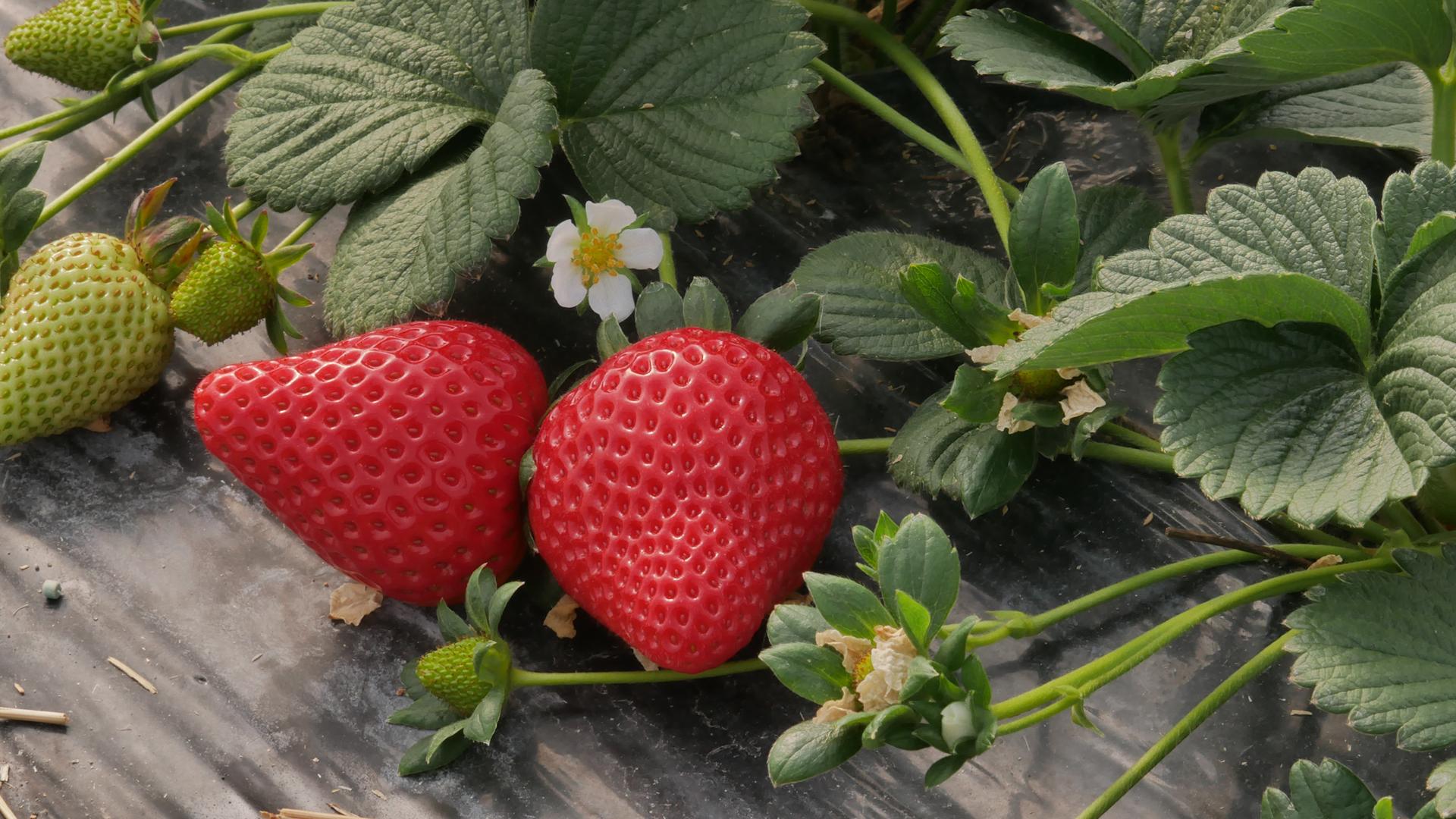 NSG 465 – Rossetta® is appreciated for flavour, sweetness and shape
NSG 465 – Rossetta® is appreciated for flavour, sweetness and shape
These measures are very relevant in the EU, as soil fumigation is a major component of soil pest management for many, particularly in the southern Mediterranean countries.
New breeding techniques (NBT)
In addition, alongside classical breeding techniques, New Breeding Techniques (NBT) have entered the scientific debate, which can speed up the process of obtaining new varieties resistant to major pathogens and resilient to climate change.
NBTs operate what is called 'genome editing', i.e. an intervention on circumscribed points of the DNA, using genes of the same species.
Through 'genome editing', researchers can therefore work on genetic improvement in terms of tolerance and resistance to both diseases and the effects of climate change.
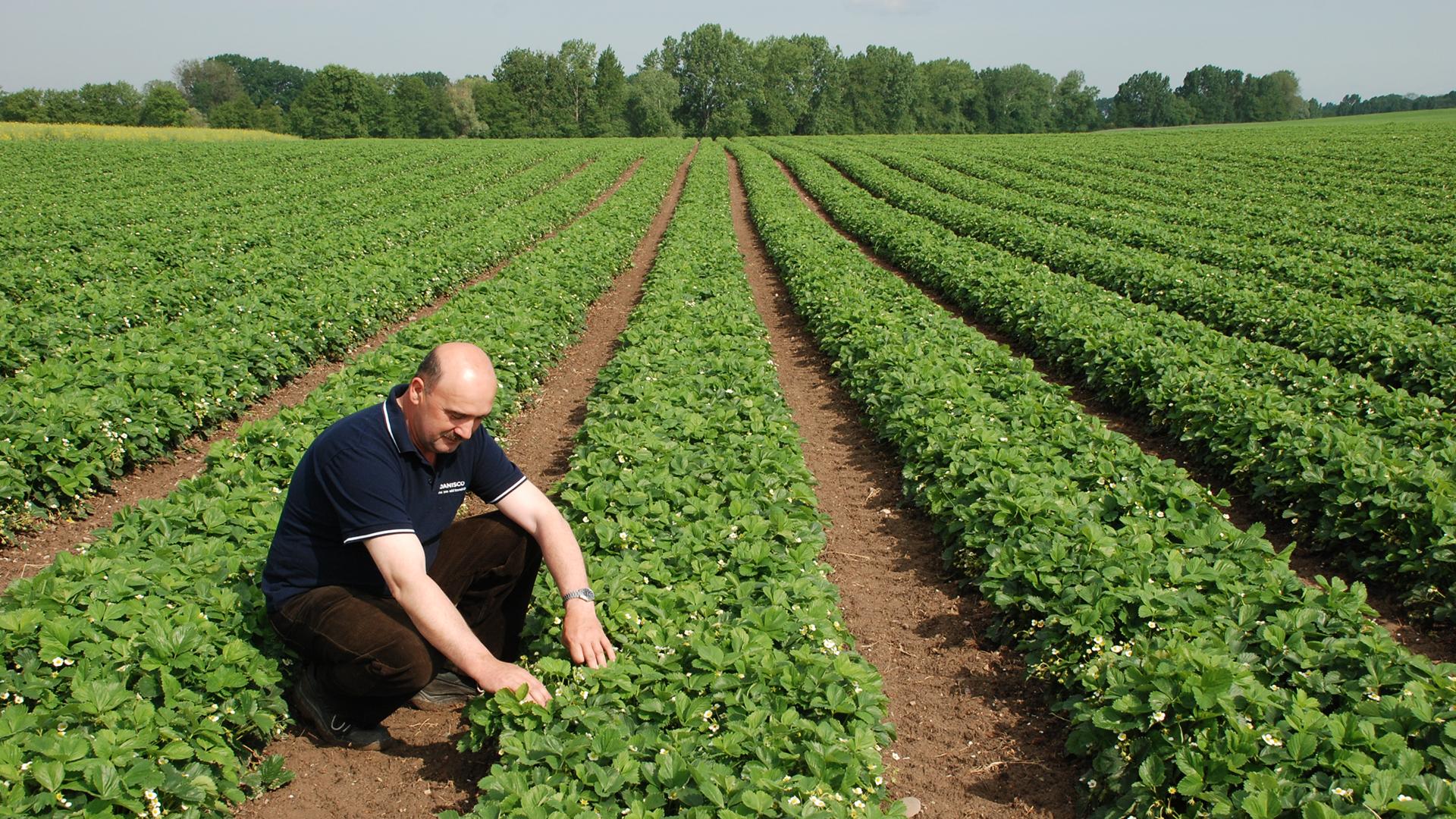 Open field strawberries (Poland)
Open field strawberries (Poland)
Research objectives change
In this complex and ever-changing framework, research paradigms are also changing. Today's breeding programmes, in fact, aim to search for cultivars that combine both good agronomic and quality characteristics, without neglecting their adaptability to the sustainable practices required by institutions and the market.
Hardiness
One of the main objectives of strawberry breeding is therefore to offer hardy varieties, i.e. with good tolerance to pathogens, greater adaptability to different types of soils and water stresses, and greater resistance to climatic fluctuations. This is necessary to prevent production yields from gradually decreasing, leading to an unsatisfactory economic return for the grower.
Cultivation techniques
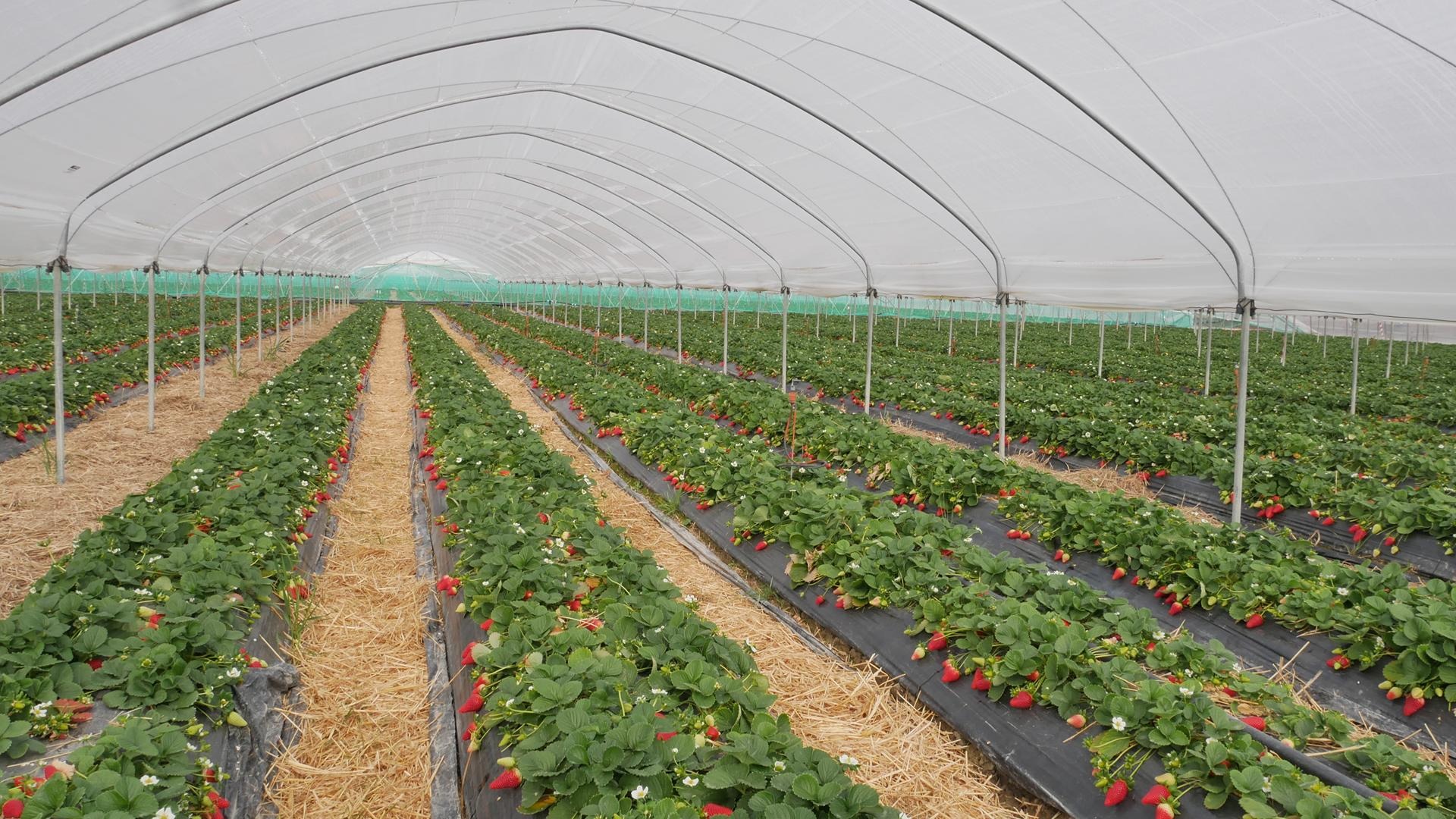
Faced with an ever-changing scenario, cultivation techniques are also changing. From the open field we move on to the protected field or even to soilless. This last alternative represents a novelty that production has been looking at with interest in recent years due to the advantages it could bring compared to the other options, such as savings in the use of labour, higher unit yields, more prudent production planning and greater control of fertigation.
Today's research is therefore oriented towards cultivars that are more adaptable to the different types of plants available to the grower, to enable him to make the most efficient choice.
Texture and shelf life
One of the focuses on which research programmes are strongly concentrating is also the pulp texture, on which the so-called shelf life or commercial life of the fruit depends. This characteristic ensures the integrity of the fruit during harvesting operations and during transport to destinations far away from those of production.
Taste and quality for the new consumer
Finally, in recent years, strawberry breeding programmes are also including among their research objectives to improve the quality of the fruit and to better meet the taste of end consumers. The appearance of the fruit, in fact, is one of the first factors influencing the purchase of strawberries.
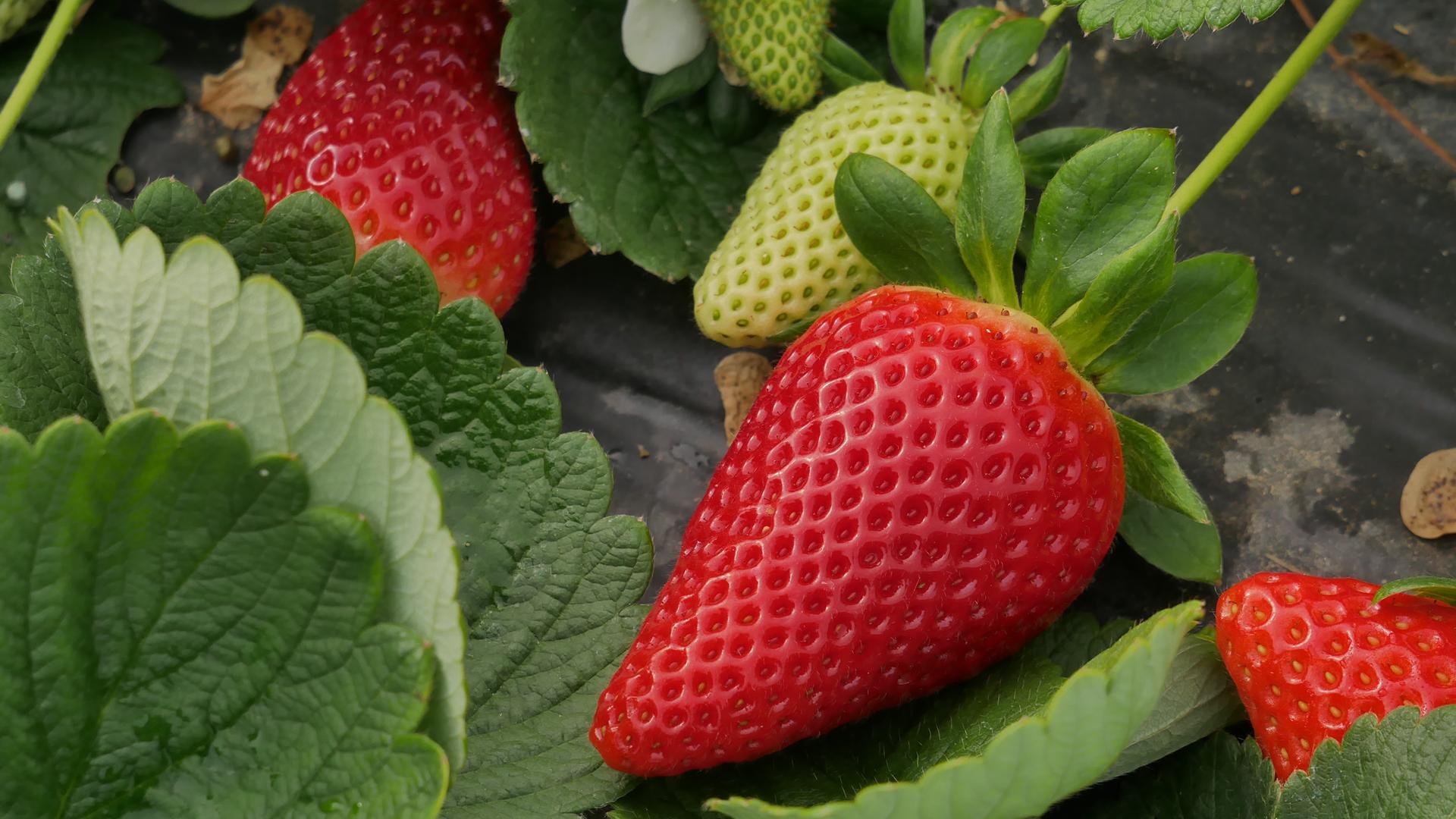
The research therefore focuses on a more aromatic fruit with a balanced acid/sugar ratio in order to enable greater loyalty in the purchase of a particular variety or commercial brand, which is crucial for the producer.
Consumers are more aware and demanding
Consumers are increasingly aware and demanding about the nutritional and nutraceutical characteristics of food, and the strawberry is an ally for health. It is in fact a fruit rich in antioxidants (such as anthocyanins and ellagic acid), vitamins C and B9, and minerals such as manganese and potassium, which also corresponds to a low calorie intake (27kcal per 100 g).
Several studies show that strawberry consumption is associated with reduced cardiovascular and cancer risk, a powerful antioxidant and anti-inflammatory action, and improved blood glucose and fat levels.
While consumers in the Mediterranean region prefer a strawberry with a deep red colour, an elongated shape and a medium-large size, consumers in northern Europe tend to prefer an orangey colour, a more rounded shape and a medium-small size.
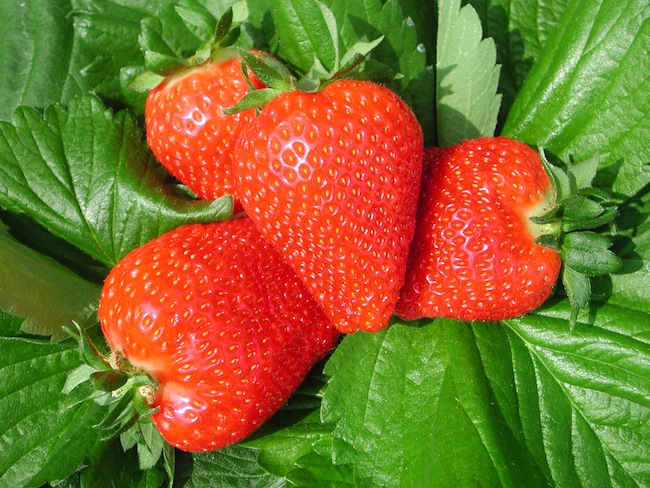 Clery, una cultivar che incontra i gusti estetici dei mercati di nord Italia e nord Europa (foto Plantgest)
Clery, una cultivar che incontra i gusti estetici dei mercati di nord Italia e nord Europa (foto Plantgest)
Concerning the uniformity of the size, on the other hand, there is no doubt that it is a relevant factor both for the producer during the harvesting and packaging of the product, and for the consumer, who is increasingly careful to avoid a package of strawberries with fruits of different sizes.
Conclusions
Strawberry research and breeding programmes are constantly evolving to respond to changing consumer demands and evolving environmental conditions. The regulatory framework, especially at European level, has also become a relevant factor in defining the characteristics of new cultivars. These challenges are also addressed by new breeding techniques that, through genome editing, allow more targeted and efficient improvement interventions.
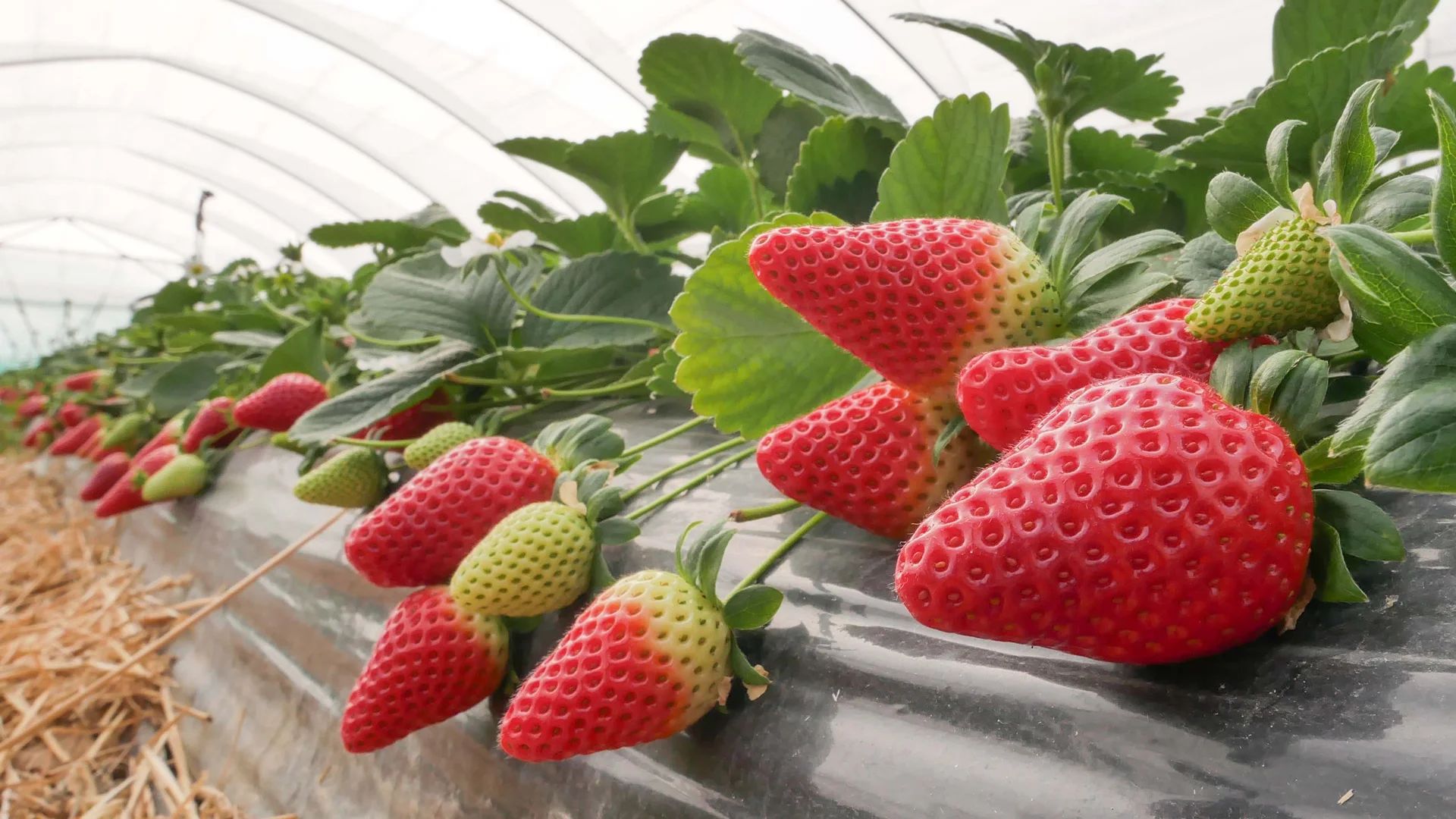 NSG 203 – Marimbella®
NSG 203 – Marimbella®
The ultimate goal is to select new cultivars that simultaneously meet the needs of the market, production and the environment, while respecting the constraints set by legislators and exploiting new genetic technologies: a challenge that is always open, with ever-evolving goals.
Content developed with the technical support of





